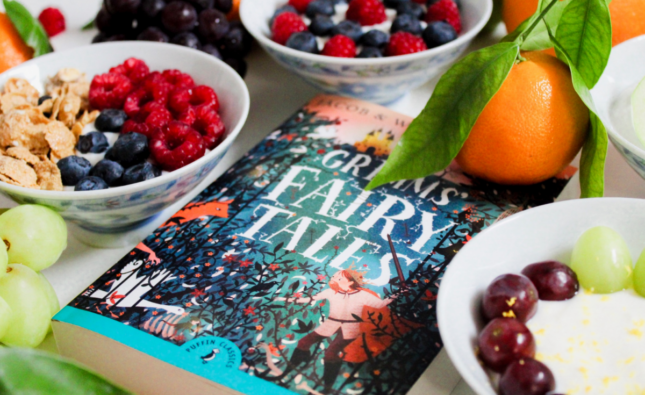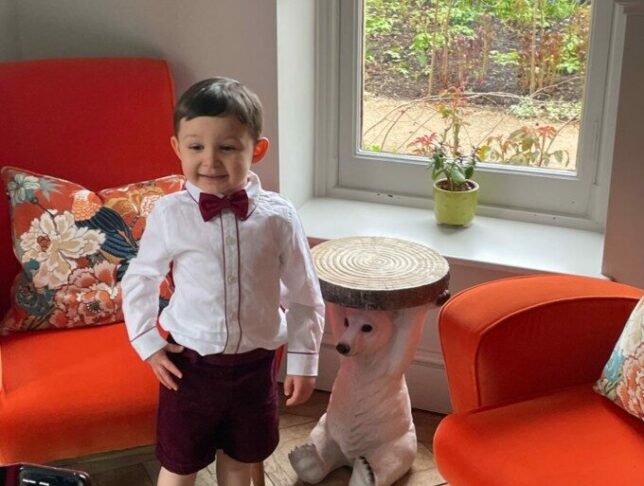Unleashing Your Child’s Cognitive Potential
Hey brilliant parents, today I wanted to talk to you about the handwriting hack that’s changing lives and boosting brainpower. This is not anecdotal, it’s backed by science and real success stories, and this one thing is so easy to do. so let’s uncover the secrets behind this game-changing parenting strategy.
Meet Sarah and Emilio: A Success Story
Meet a wonderful mother we shall call Sarah, a brilliant parent like yourself, who was on a mission to give her son, Emilio, the best shot at success so she signed up to family coaching. Like any power parent, Sarah was all about wanting the best for her child, so Sarah asked me in one of our coaching sessions if I knew something simple but effective that she could implement immediately. I told her about the power of handwriting! Intrigued by the simplicity, Sarah decided to give it a whirl—and boy, did it pay off. The result wasn’t neat handwriting it was so much more!
The Science Unveiled: Why Handwriting Reigns Supreme
Recent studies, led by experts like Dr. Audrey van der Meer and Dr. Sophia Vinci-Booher, have peeled back the layers to reveal the profound cognitive benefits of handwriting.

When your child grips a pen and sets it to paper, their brain ignites with activity. It’s like a firework show of neural connections, lighting up regions responsible for memory, motor skills, and sensory processing. And the best part? This neural glow translates to tangible gains in learning and retention.
What Sets Handwriting Apart?
So, what sets handwriting apart from typing? It’s all about the sensory experience, folks. When your little one scribbles away, they’re not just forming letters—they’re engaging their senses, fine-tuning their motor skills, and giving their brain a workout like never before. From the tactile sensation of pen on paper to the visual feedback of ink flowing, every stroke stimulates neural pathways in a wondrous collection of cognitive engagement.
Putting Theory into Practice: How Sarah Nailed It
Okay, let’s talk real talk. Sarah didn’t just sit around talking to me about the benefits of handwriting, nor did she ask her son to practicing writing sentences and letters. Instead she took the golden nugget, put our actions plans into place and set to work implementing this in Emilio’s life.
Armed with a trusty pen and notebook, Sarah introduced Emilio to the wonderful world of journaling and storytelling. And guess what? Emilio was hooked! As he poured his thoughts onto paper, his brain was firing on all cylinders, making connections left, right, and centre. We then took the handwriting up a notch and his creativity was flowing with every word, every placement of the washi tape, every dinosaur sticker placed down. A wonderful synergy between paper and person began.
The Big Transformation: From Meh to Magnificent
Fast forward a few weeks, and Sarah noticed something amazing: Emilio was on fire! Not only was his memory sharper than ever, but her creativity was off the charts. By embracing the power of pen and paper, Emilio was unlocking his full potential and paving the way for a bright future. And the best part? It didn’t cost Sarah a fortune—just a pound for a pen and paper. Even taking it to the next level didn’t break the bank, a cute stationery set ranges from £5 to £15 and comes with washi tape, journalling paper, memo sheets and stickers. They are also great presents to give and/or ask for birthdays and holidays.
Exploring the Exciting World of Children’s Pens
As your child gets into stepping away from the tablet and getting back to the pen, you can of course be a little more adventurous with the types of pen you choose. When it comes to pens for children, the options are as diverse as their imaginations! Fine liners offer precision and control, perfect for intricate doodles and detailed drawings. Coloured pens bring a splash of creativity to the page, allowing kids to express themselves with vibrant hues and bold strokes. Scented pens add an extra element of fun, turning writing into a sensory experience that engages both the mind and the nose. Fountain pens and coloured ink provide a touch of elegance and sophistication, encouraging children to take pride in their writing and explore the beauty of calligraphy. And for the budding collectors, special edition and novelty pens offer a unique charm, turning everyday writing tools into cherished keepsakes. With such a variety to choose from, every child can find a pen that sparks their curiosity and fuels their creativity!
The Brainy Breakdown
Let’s delve deeper into why brilliant children should swap their laptops for notebooks and embrace the tactile experience of handwriting.

Recent studies, including one conducted by Audrey van der Meer and Ruud van der Weel at the Norwegian University of Science and Technology (NTNU), have uncovered compelling evidence supporting the superiority of handwriting over typing. By monitoring brain activity in students, they found that handwriting stimulates higher levels of electrical activity across various brain regions compared to typing. These regions, responsible for movement, sensory processing, and memory, light up like a spotlight on a stage when engaged in the intricate dance of penmanship.
The tactile experience of forming letters by hand engages multiple senses and motor functions simultaneously. Unlike the monotonous keystrokes of typing, handwriting requires intricate coordination between the eyes, hands, and brain. Each stroke of the pen activates neural pathways involved in motor planning and execution, reinforcing the connection between perception and action. This multi-sensory approach to learning not only enhances memory retention but also deepens conceptual understanding—a cognitive feat that typing struggles to replicate.
Handwriting Practice Encourages Self Expression
Moreover, handwriting offers a gateway to creativity and self-expression. Children who wield pens and pencils are not merely transcribing words—they are sculpting thoughts, shaping ideas, and imprinting their unique identity onto the page. As they navigate the intricate dance of letter formation, they forge a tangible connection with language, transforming abstract concepts into concrete realities.
Dr. Sophia Vinci-Booher, an expert in educational neuroscience at Vanderbilt University, underscores the transformative power of handwriting in childhood development. Her research highlights the critical role of fine motor activities in strengthening neural connections and fostering long-term learning. By engaging the motor system in the act of writing, children immerse themselves in a rich tapestry of sensory experiences, laying the foundation for cognitive growth and academic success.
Handwriting’s Biggest Predator And Children’s Declining Motor Skills
However, the rise of digital technology poses a formidable challenge to the primacy of handwriting in education. In a world where touchscreens reign supreme, children are increasingly deprived of the sensory-rich experience of penmanship. Dr. van der Meer warns of the consequences of this digital shift, citing alarming trends in children’s declining fine motor skills. Without regular practice in handwriting, children risk losing touch with a fundamental aspect of their cognitive development—a loss that could have far-reaching implications for their academic and personal growth.
Handwriting Needs To Be A Priority
As educators and parents grapple with the digital dilemma, the case for prioritising handwriting in childhood education becomes increasingly urgent. Handwriting lessons offer more than just an opportunity to master penmanship—they provide a holistic approach to learning that nurtures creativity, strengthens cognitive skills, and fosters a lifelong love for language and literature. If they aren’t doing this enough in school, then as a brilliant parent it is time to gently prize the technology from your child’s hands and replace it with a pen! Some removals of technology may be harder than others and I would love to hear comments about how this worked out for you, and positive stories to share with other parents how this simple hack is actually a genius move.
Empower Your Child’s Future
The handwriting hack isn’t just a fad—it’s a game-changer for unlocking your child’s cognitive potential. By embracing the power of pen and paper, you’re equipping your child with the tools they need to thrive in an increasingly complex world. So go ahead, invest that quid in a pen and perhaps even splash out on a notebook too, and watch as your child’s brainpower soars to new heights!
*Less than £1: At the time of writing a Janrax 9×7″ Blue Exercise Book (80 Pages) was 47p and a Bic Biro was approximately 29p
















